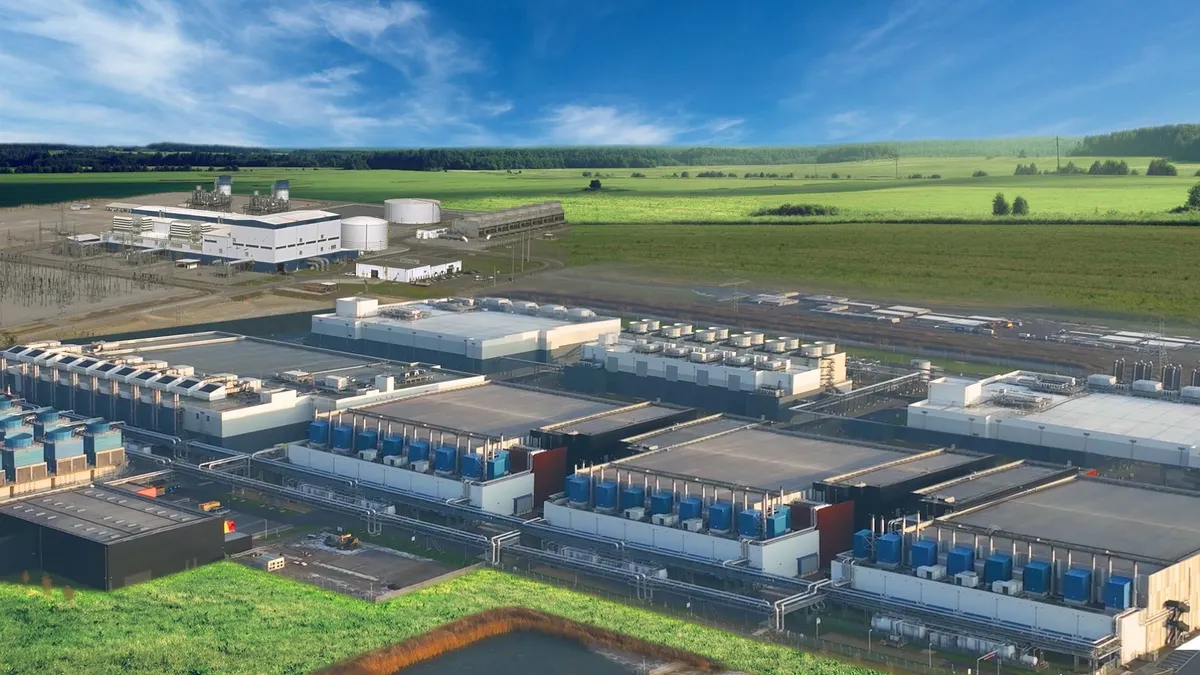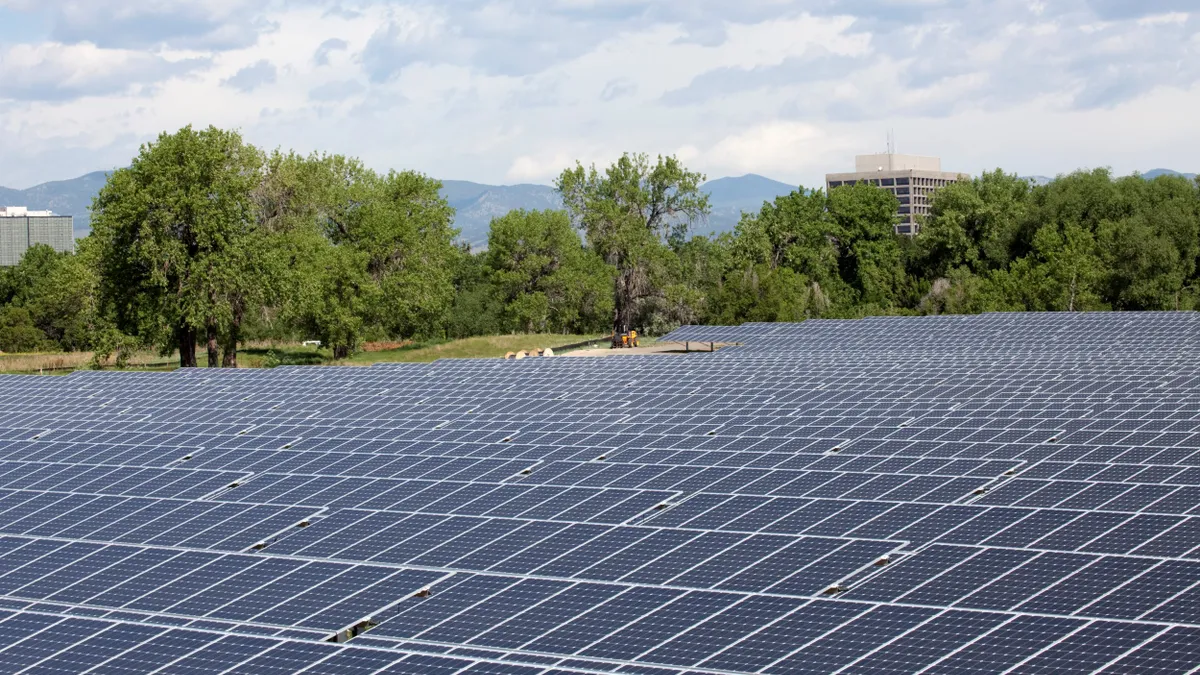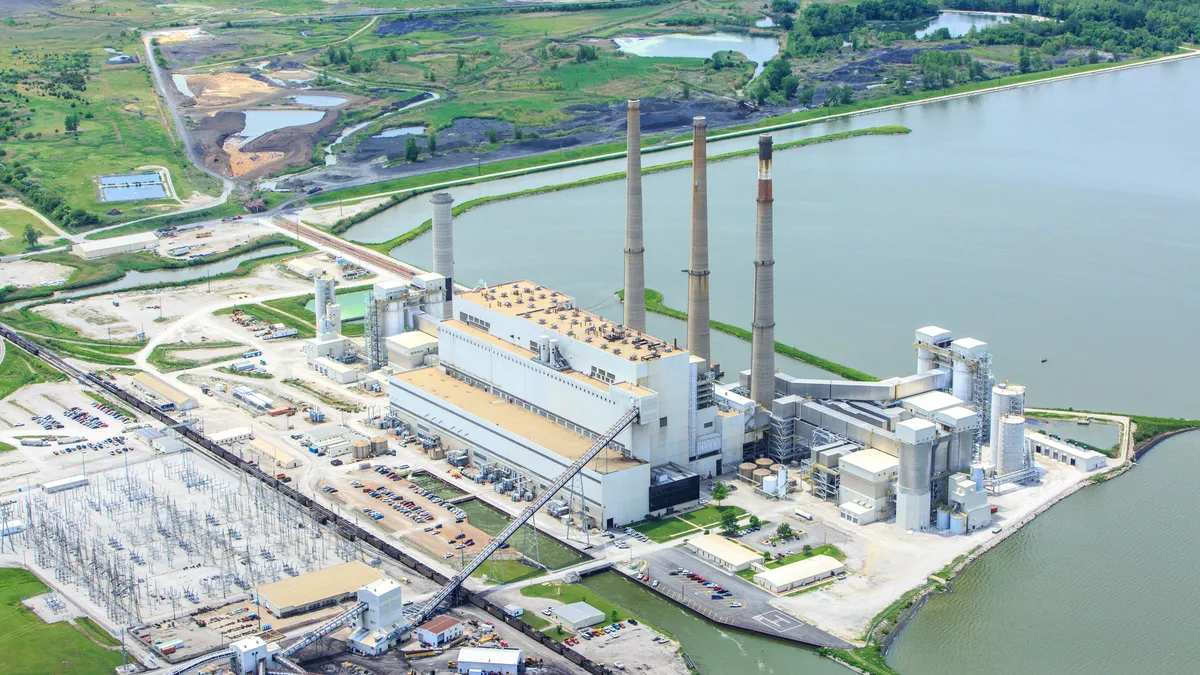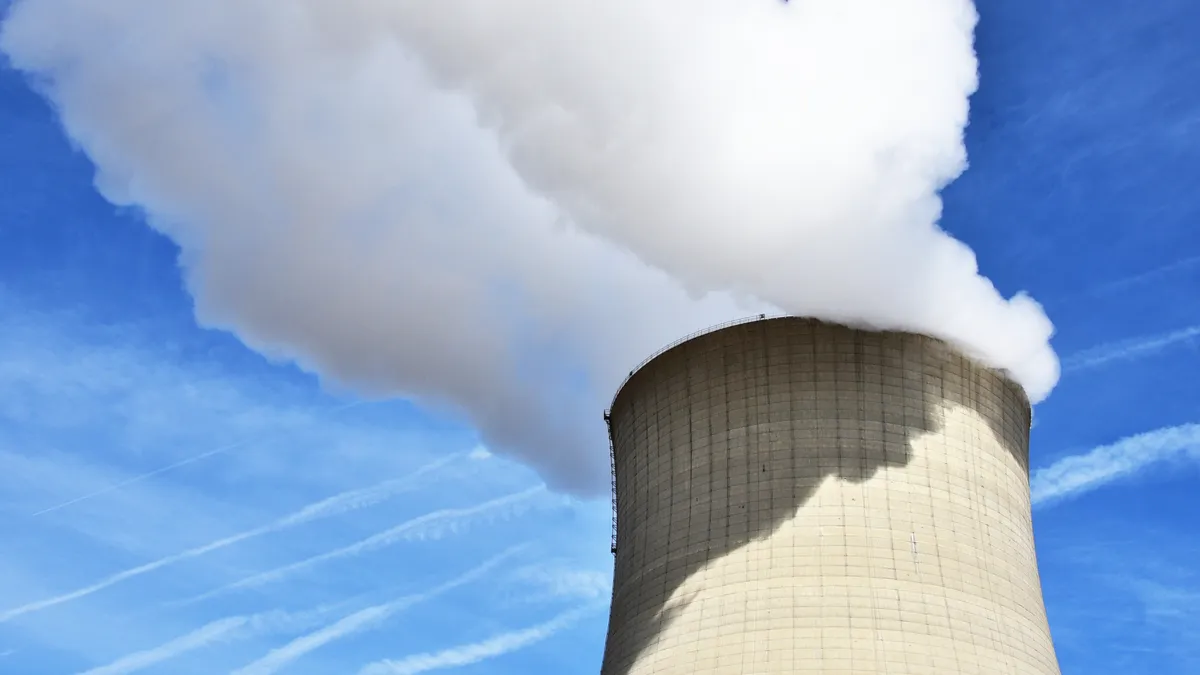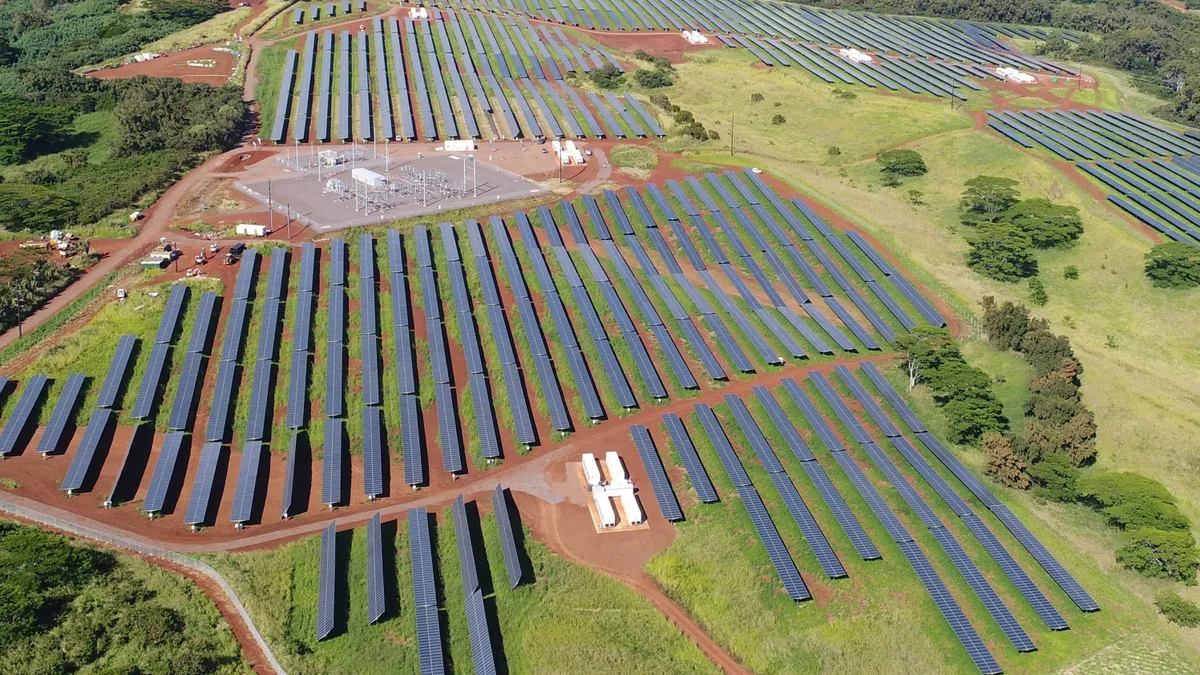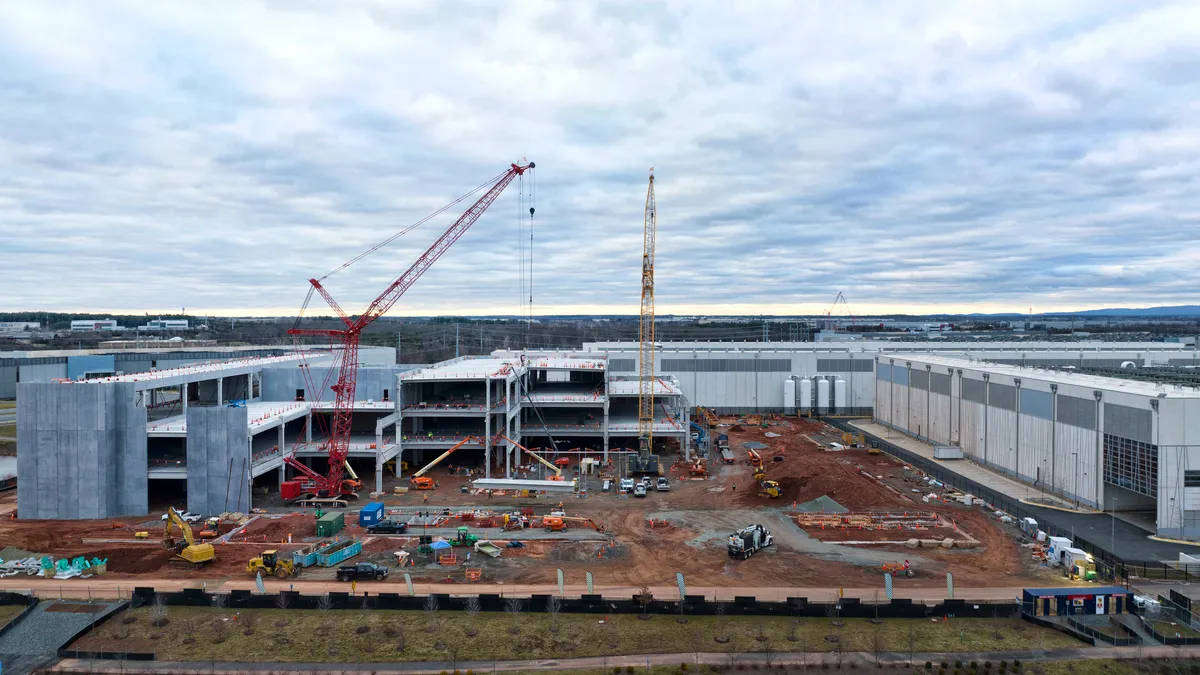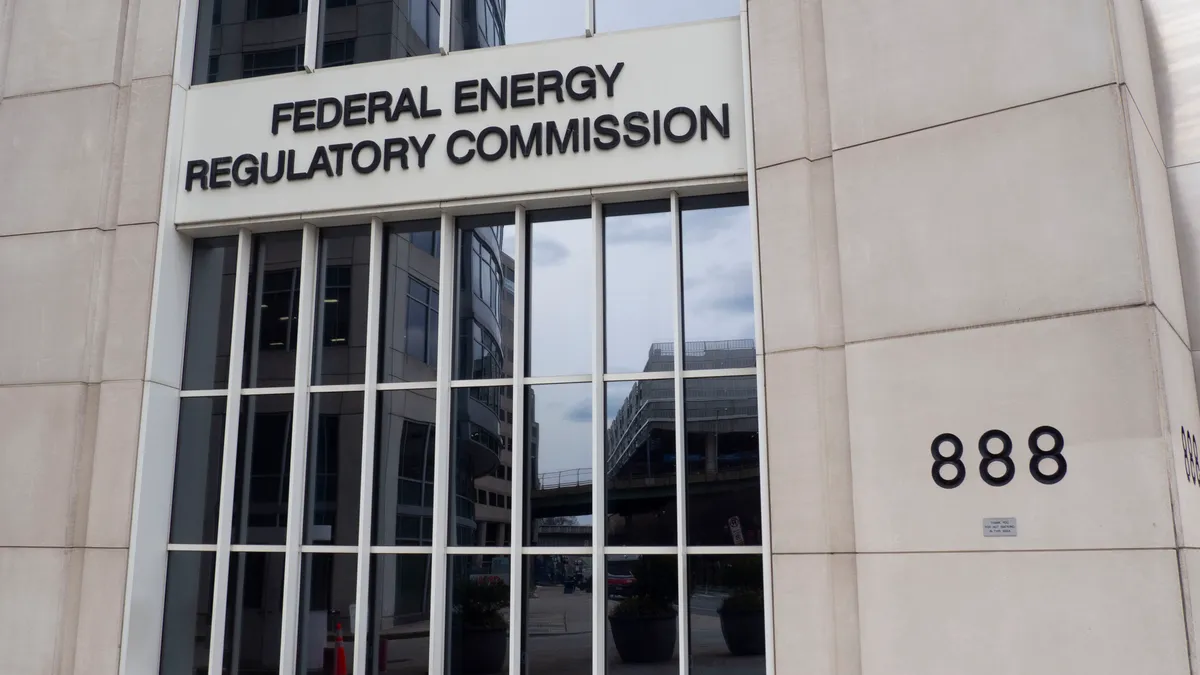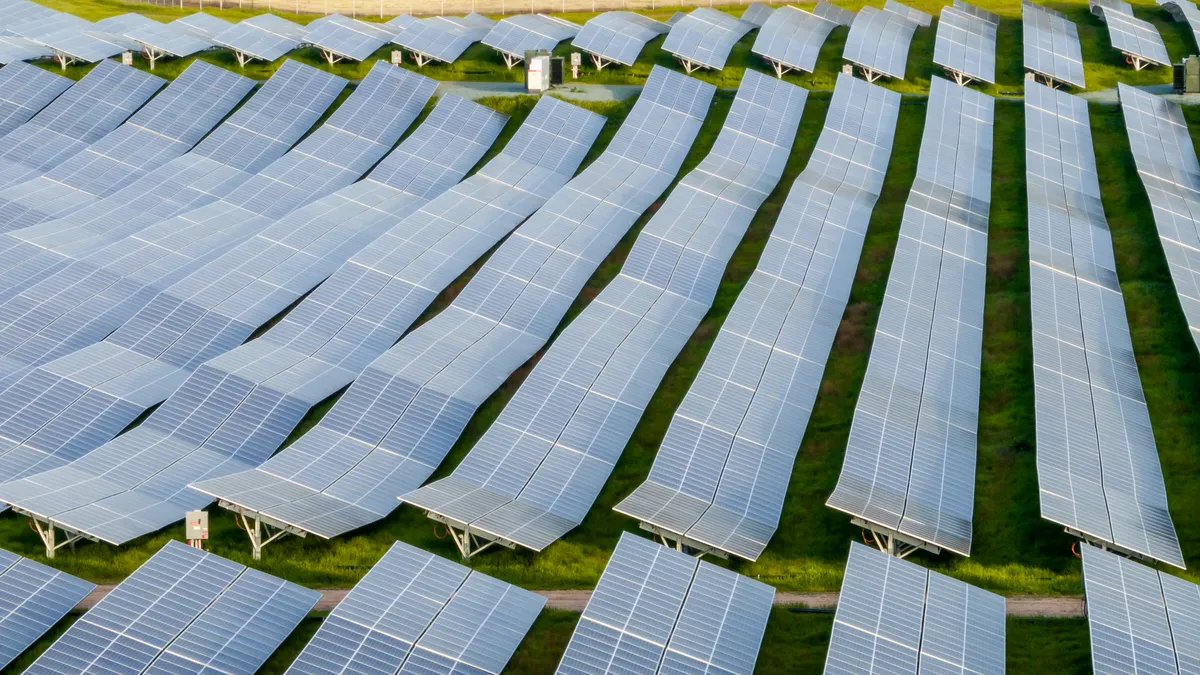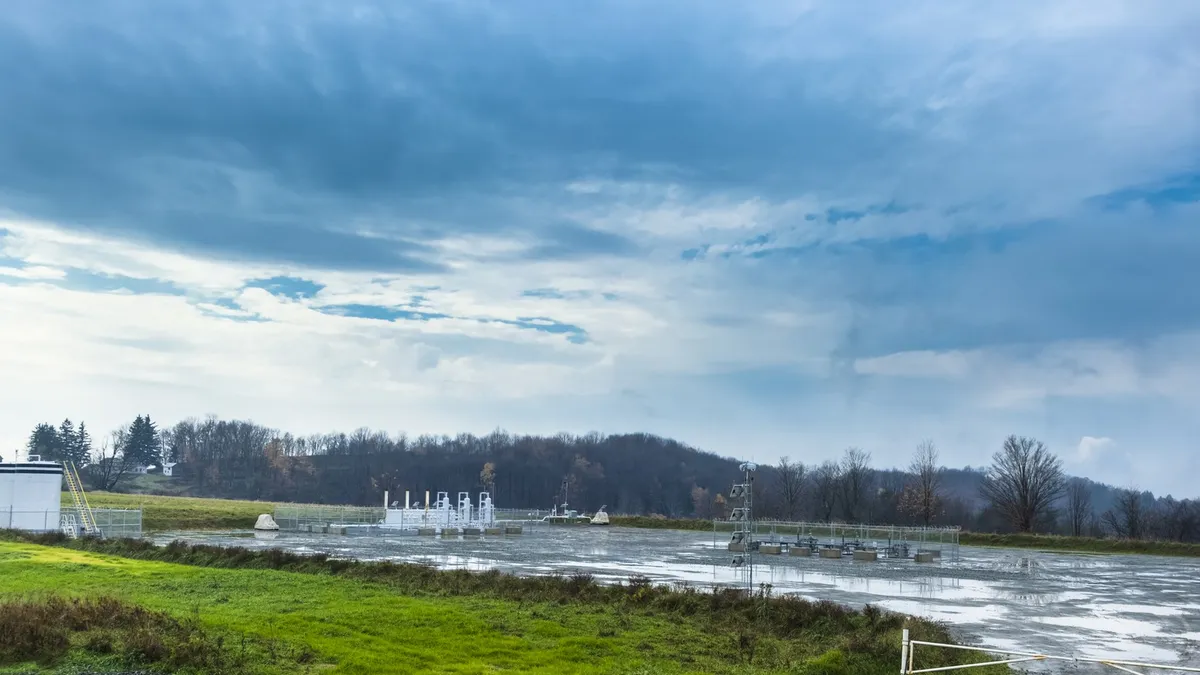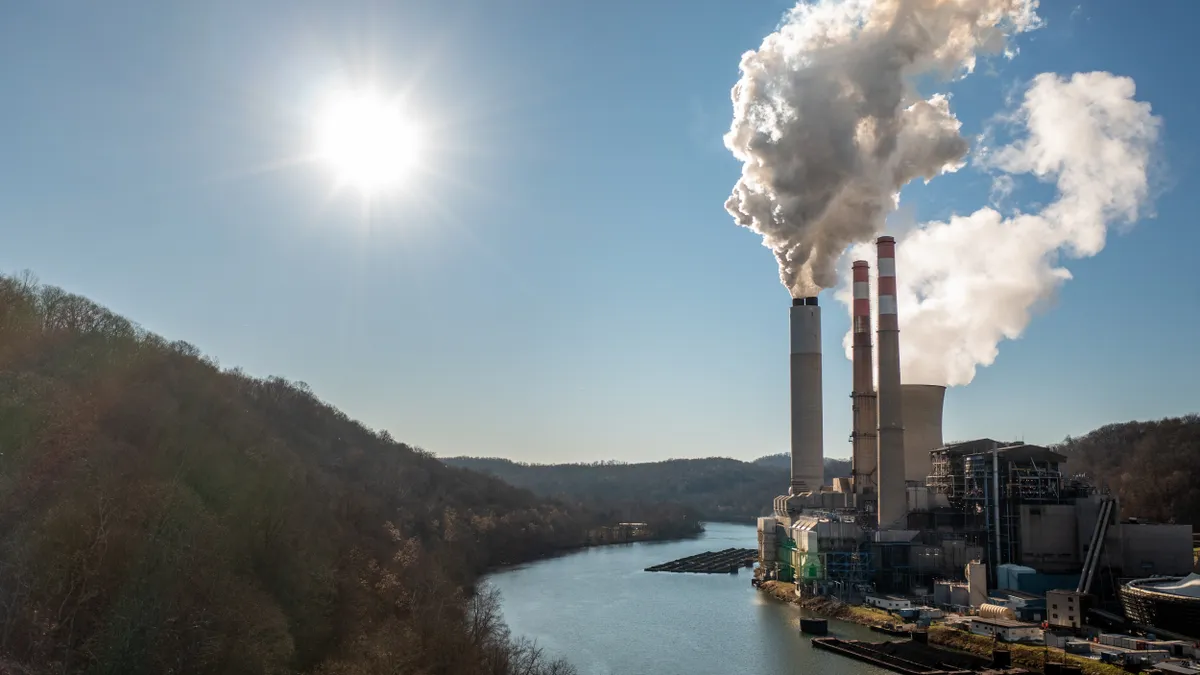Dismissing opposition from renewable energy developers, the Federal Energy Regulatory Commission on Tuesday approved the PJM Interconnection’s proposal for a fast-track interconnection review for shovel-ready generation projects.
The agency also approved PJM’s proposal to expand access to the grid through underused interconnection capacity by revising its Surplus Interconnection Service rules.
Both proposals are part of a broad effort by PJM to increase power supplies in its footprint ahead of potential capacity shortfalls it says could begin as soon as 2026.
FERC said PJM’s Reliability Resource Initiative, which provides a one-time interconnection review for up to 50 generating projects, “reasonably addresses” possible resource adequacy shortfalls driven by significant load growth, premature power plant retirements and delays in bringing new generating resources online.
PJM estimates its initiative could bring about 10 GW online 18 months earlier than if the projects followed the grid operator’s normal interconnection process, according to FERC’s decision.
“The Commission must confront the real and consequential harm that failing to act could have on consumers in the PJM region,” FERC commissioners Willie Phillips and David Rosner said in a concurrence to the 3-1 decision.
Phillips and Rosner said they voted for PJM’s "extraordinary" proposal despite concerns that it may not bring new power supplies online in time to meet potential capacity shortfalls.
FERC Commissioner Judy Chang dissented from the decision, saying the initiative expedites projects that are unlikely to address PJM’s potential shortfalls before 2030.
“By facilitating queue jumping for large generators, which are the most challenging to develop, acquire the necessary environmental permits, and obtain adequate material supplies and labor for construction and focusing primarily on large generators over speed of development, PJM’s proposal may not actually resolve its impending capacity shortage,” Chang said.
FERC Commissioner Lindsay See didn’t participate in the decision.
Under the initiative, PJM will let 50 projects that meet scoring criteria for reliability, viability and availability enter an interconnection review process — Transition Cycle #2 — that started early this year.
FERC said those criteria weren’t unduly discriminatory. “The criteria are facially neutral and allow for potential inclusion of any resource regardless of technology,” the agency said.
FERC also rejected arguments by Invenergy and others that PJM’s proposal violated the filed rate doctrine and the related rule against retroactive ratemaking. “It is unclear how interconnection customers can have settled expectations with regard to Transition Cycle #2 given that the composition and other aspects of the cluster have not been settled,” FERC said.
PJM’s decision to limit its initiative to 50 projects “strikes a reasonable balance between allowing [Reliability Resource Initiative] project developers to help address the resource adequacy needs of the PJM region, while avoiding an influx of projects that could overwhelm Transition Cycle #2 and lead to further delays, exacerbating the current inability of projects to come online in the near term,” FERC said.
State utility regulators, PJM’s market monitor, the PJM Power Providers Group and electric utilities were among the supporters of PJM’s proposed Reliability Resource Initiative. Renewable energy developers, including Invenergy, and advocacy groups such as the Sierra Club opposed the grid operator’s plan.
FERC approves surplus interconnection plan
FERC also approved changes to PJM’s rules for Surplus Interconnection Service, or SIS, that could help get additional capacity online.
SIS allows a new resource to use any unused portion of an existing generating facility’s interconnection service as long as the total amount of interconnection service at the point of interconnection remains the same. Battery storage, for example, could be paired with intermittent resources to more fully use available interconnection capacity.
PJM’s proposal removes most of the limitations it placed on SIS and allows requests for the service to be submitted earlier in the project development cycle. The SIS process runs separately from the interconnection queue process and takes less than half the time to complete.
The approved changes could unlock more than 26 GW of accredited capacity for the 2026/2027 delivery year, American Clean Power Association, Advanced Energy United, MAREC Action and the Solar Energy Industries Association said in comments supporting the proposal.





